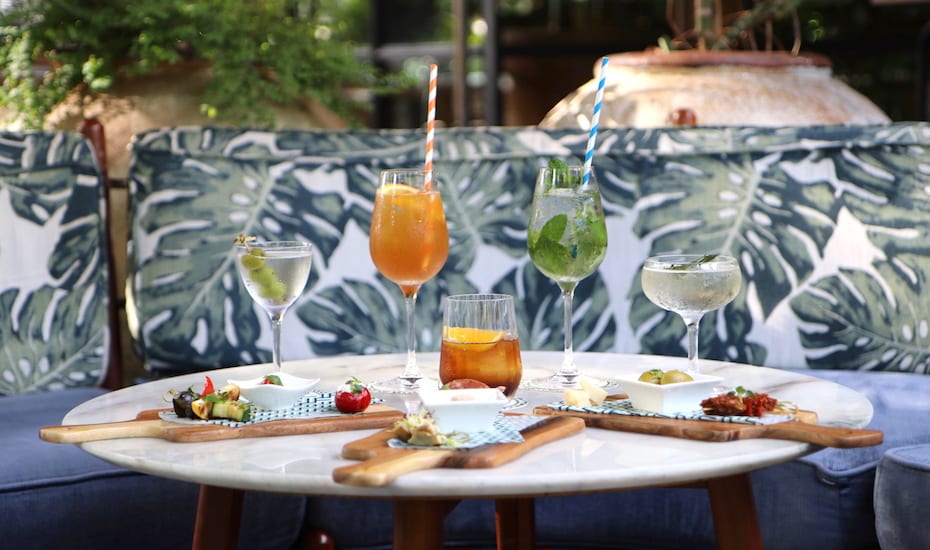Best Food, Drinks & Entertainment In Singapore
First Published on: Apr 17, 2019 | Last Updated: Apr 17, 2019 By Flyingroups
1Fusion Of Food
2Chinese
3Indian
4Malay
5Peranakan
Popular Post - Packages
-
 Apr 17, 2019
Apr 17, 2019Fun things to do in singapore
-
 Apr 17, 2019
Apr 17, 2019Top rated tourist attractions in singapore
-
 Apr 17, 2019
Apr 17, 2019The best place in singapore most visited
-
 Apr 17, 2019
Apr 17, 2019Places to visit in singapore for couples
-
 Apr 17, 2019
Apr 17, 2019Best places to visit in singapore in 3 days
-
 Apr 17, 2019
Apr 17, 2019Top places to explore in singapore
-
 Apr 17, 2019
Apr 17, 2019Things to do in singapore for holidays
-
 Apr 17, 2019
Apr 17, 2019Things to do in maldives on honeymoon
